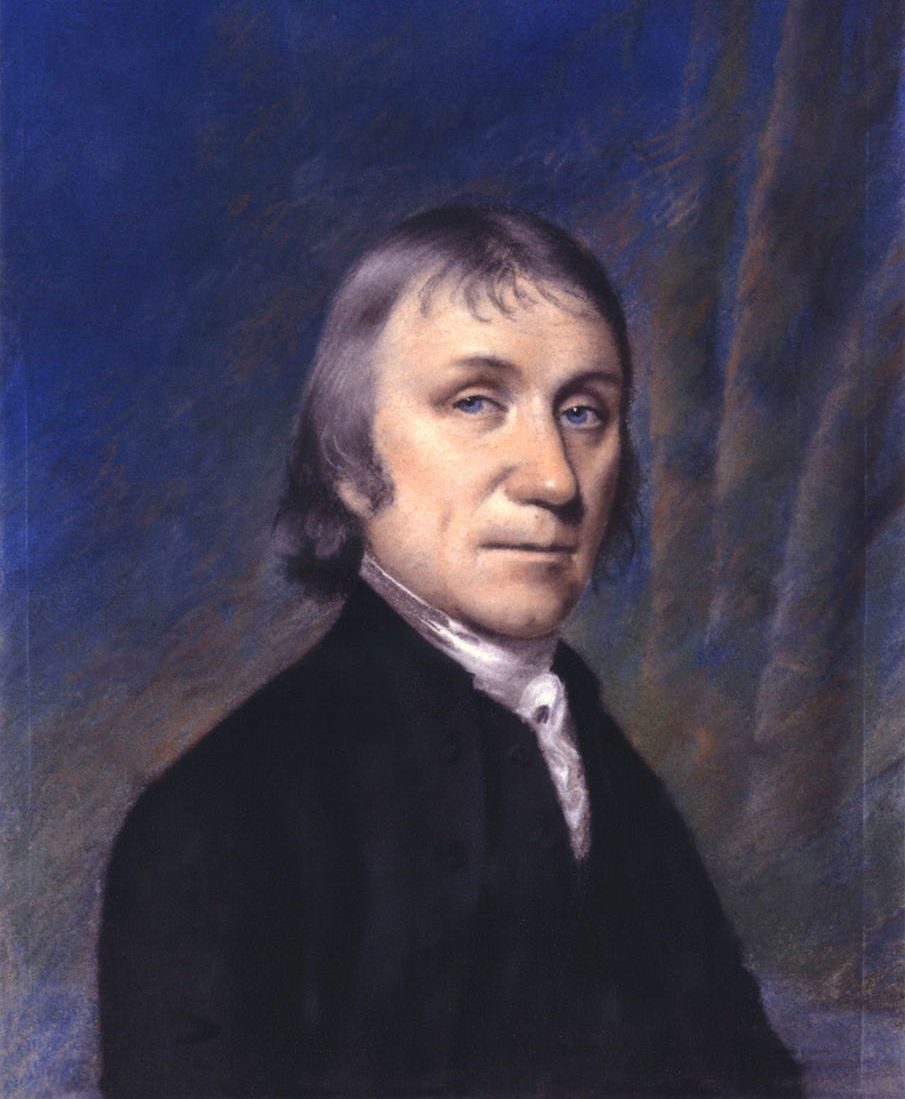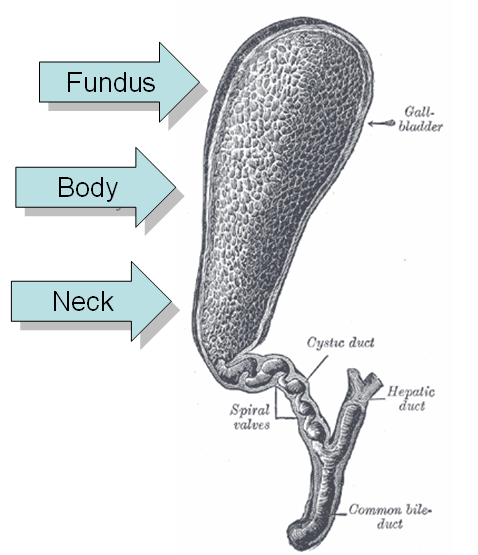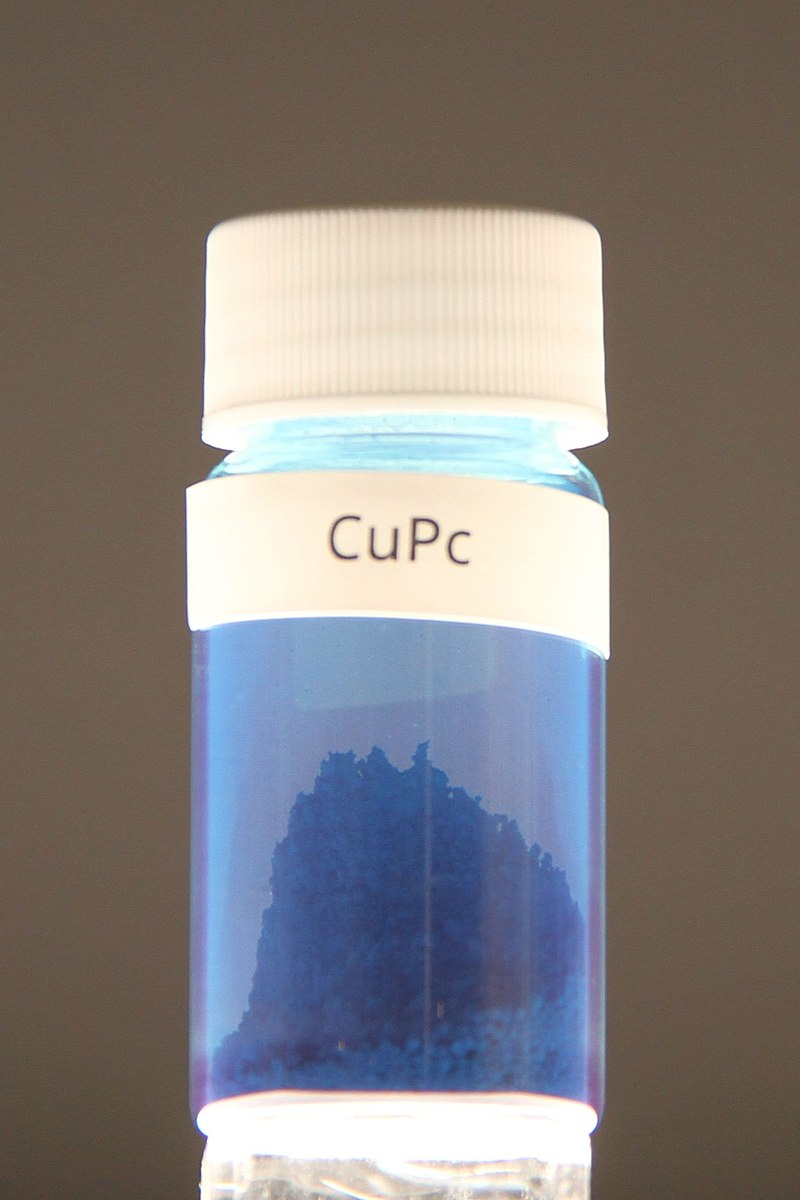Chemistry: A Volatile History
Chemistry: A Volatile History is a 2010 BBC documentary on the history of chemistry presented by Jim Al-Khalili. It was nominated for the 2010 British Academy Television Awards in the category Specialist Factual. Episode 1: Discovering the Elements Introduction Only in the last 200 years have we known what an element is – a
Calcination
Calcination is thermal treatment of a solid chemical compound (e.g. mixed carbonate ores) whereby the compound is raised to high temperature without melting under restricted supply of ambient oxygen (i.e. gaseous O2 fraction of air), generally for the purpose of removing impurities or volatile substances and/or to incur thermal decomposition. "Calcination". The IUPAC
Joseph Priestley
JOSEPH PRIESTLEY 1733-1804 English chemist, natural philosopher, separatist theologian, grammarian, multi-subject educator, globetrotter, liberal political theorist and discoverer of oxygen read about Pristley at wikipedia Priestley is credited with the independent discovery of oxygen by the thermal decomposition of mercuric oxide, having isolated
Phrygian cap (anatomy)
The Phrygian cap results from folding of the gallbladder fundus. In medicine, a Phrygian cap is the folded portion of some gallbladders that resembles the Phrygian cap (a soft conical cap with the top pulled forward, associated in antiquity with the inhabitants of Phrygia, a region of central Anatolia). It is
Tetralin
Tetralin (1,2,3,4-tetrahydronaphthalene) is a hydrocarbon having the chemical formula C10H12. It is a partially hydrogenated derivative of naphthalene. It is a colorless liquid that is used as a hydrogen-donor solvent. Collin, Gerd; Höke, Hartmut; Greim, Helmut (2003). "Naphthalene and Hydronaphthalenes". Ullmann's Encyclopedia of Industrial Chemistry. Weinheim: Wiley-VCH. doi:10.1002/14356007.a17_001.pub2. Production Tetralin is produced by the
Naphthenic acid
Naphthenic acids (NAs) are a mixture of several cyclopentyl and cyclohexyl carboxylic acids with molecular weight of 120 to well over 700 atomic mass units. The main fraction are carboxylic acids with a carbon backbone of 9 to 20 carbons. McKee et al. claim that "naphthenic
Phthalo blue
Phthalocyanine blue pigment powder Copper phthalocyanine (CuPc), also called phthalocyanine blue, phthalo blue and many other names, is a bright, crystalline, synthetic blue pigment from the group of phthalocyanine dyes. Its brilliant blue is frequently used in paints and dyes. It is highly valued for its superior properties such as light fastness,
Detyrosination
Detyrosination is a form of posttranslational modification that occurs on alpha-tubulin. It consists of the removal of the C-terminal tyrosine to expose a glutamate at the newly formed C-terminus. Tubulin polymers, called microtubules, that contain detyrosinated alpha-tubulin are usually referred to as Glu-microtubules while unmodified polymers are called Tyr-microtubules. Janke C, Bulinski JC (2011).
Fish Otoliths and Folklore: A Survey
Duffin, Christopher J.. “Fish Otoliths and Folklore: A Survey.” Folklore 118 (2007): 78 - 90. The folklore associated with fish otoliths is traced from classical times to the present day for the first time. Otolithomancy involved divination of maritime weather conditions
Supergene
A supergene is a chromosomal region encompassing multiple neighboring genes that are inherited together because of close genetic linkage, i.e. much less recombination than would normally be expected. This mode of inheritance can be due to genomic rearrangements between supergene variants. Arnold, Carrie (21 November 2022). "An Evolutionary Magic Trick
Divergence and functional degradation of a sex chromosome-like supergene (the sparrow with four sexes)
In January 2016, when the paper was published in Current Biology, it showed unequivocally that chromosome 2 was evolving like a sex chromosome. White–white and tan–tan matings were exceedingly rare. Using the whole-genome sequences of 50 birds, the team demonstrated that
Karl Landsteiner – discovered poliovirus, the rhesus factor, described as the father of transfusion medicine
Karl Landsteiner ForMemRS (14 June 1868 – 26 June 1943) was an Austrian-born American biologist, physician, and immunologist. He distinguished the main blood groups in 1900, having developed the modern system of classification of blood groups from his identification of the presence of agglutinins in the blood, and in
Dicoumarol (Moldy Sweet Clover) Toxicosis in a Group of Holstein Calves
Yamini B, Poppenga RH, Emmett BW, Judge LJ. Dicoumarol (Moldy Sweet Clover) Toxicosis in a Group of Holstein Calves. Journal of Veterinary Diagnostic Investigation. 1995;7(3):420-422. doi:10.1177/104063879500700328 References 1. Alstad AD, Casper HH, Johnson LJ: 1985, Vitamin K treatment of sweet clover poisoning in calves. J
Interleukin-2-recptor alpha chain (IL2RA also called CD25) is the human protein encoded by the IL2RA gene.
The interleukin 2 (IL2) receptor alpha (IL2RA) and beta (IL2RB) chains, together with the common gamma chain (IL2RG), constitute the high-affinity IL2 receptor. Homodimeric alpha chains (IL2RA) result in low-affinity receptor, while homodimeric beta (IL2RB) chains produce a medium-affinity receptor. Normally an
Cluster of Differentiation (Cluster of Designation or Classification Determinant)
The cluster of differentiation (also known as cluster of designation or classification determinant and often abbreviated as CD) is a protocol used for the identification and investigation of cell surface molecules providing targets for immunophenotyping of cells.[1] In terms of physiology, CD molecules can act in numerous ways, often acting as receptors or ligands important to
CD45antigen (Protein tyrosine phosphatase, receptor type, C also known as PTPRC and formerly known as leukocyte common antigen LCA)
Protein tyrosine phosphatase, receptor type, C also known as PTPRC is an enzyme that, in humans, is encoded by the PTPRCgene.[5] PTPRC is also known as CD45antigen (CD stands for cluster of differentiation), which was originally called leukocyte common antigen (LCA).[6] Function The protein product of this gene, best known as CD45, is a











